Drive train parts wear out. They’re constantly moving. getting dirty, rubbing together, and inevitably they need replacing. I recently noticed that my chainring was worn to the point of being misshapen.
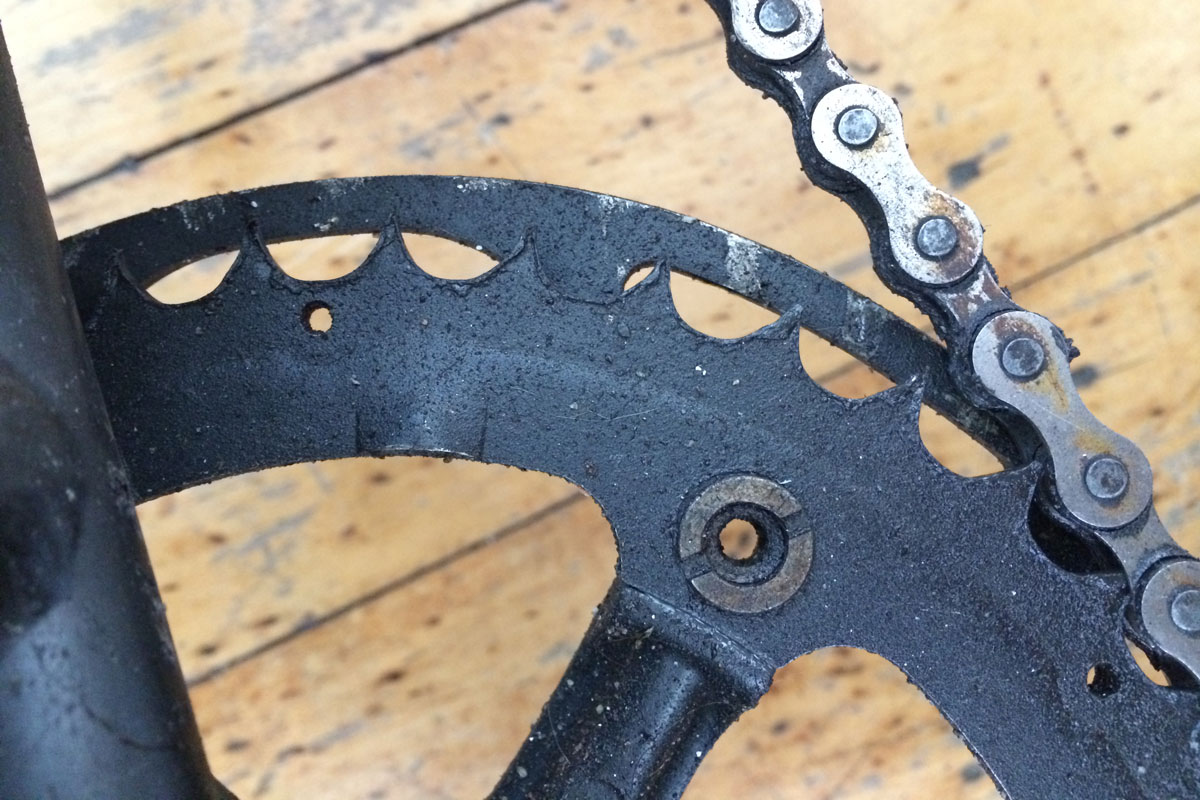
You can see the teeth come to an extreme point, and the valleys between the teeth are no longer perfectly round. The chain and the ring should both be replaced, as they wear together. A new ring with an old chain or vice versa, will not fit together nicely and will actually accelerate the wear of your new part.
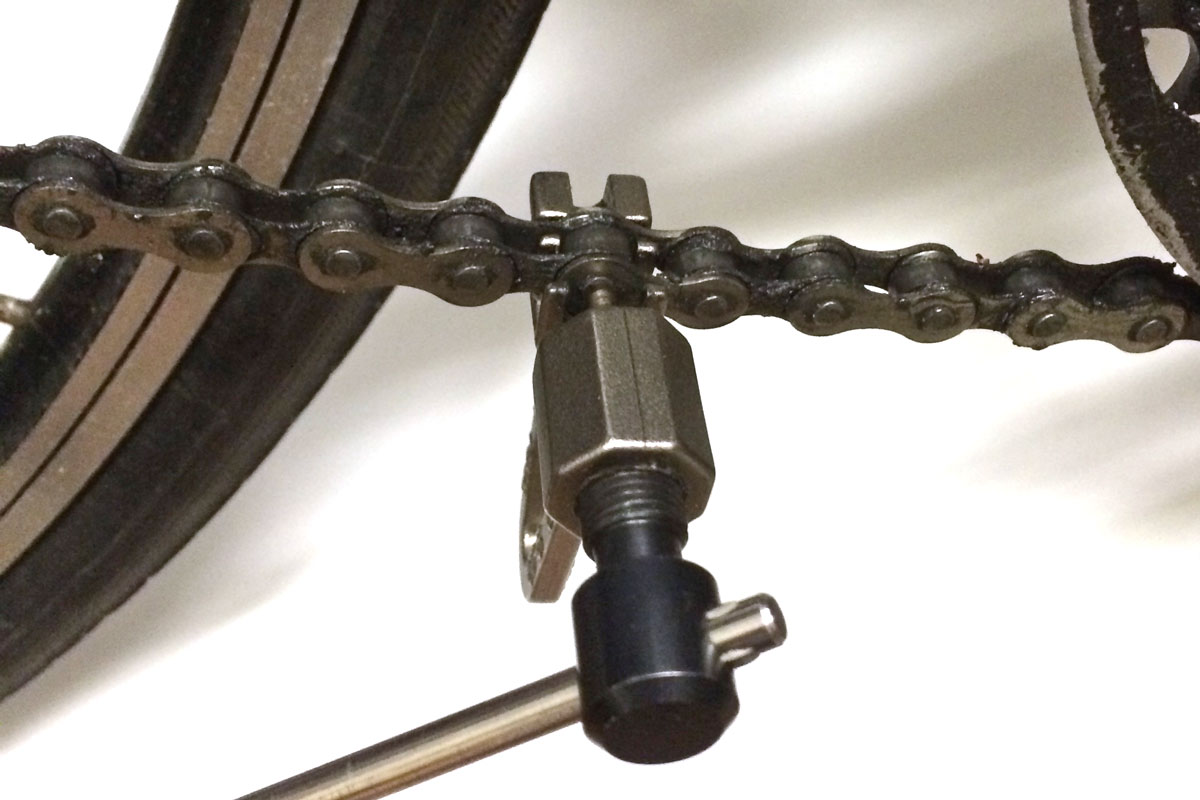
Step one, get rid of that old chain. The bicycle chain tool is made to push the pin out of a single link of chain. Normally if you plan to put the same chain back on, you need to be careful not to push the pin all the way out the other side. Since this chain is destined for the trash bin, crank it right through.
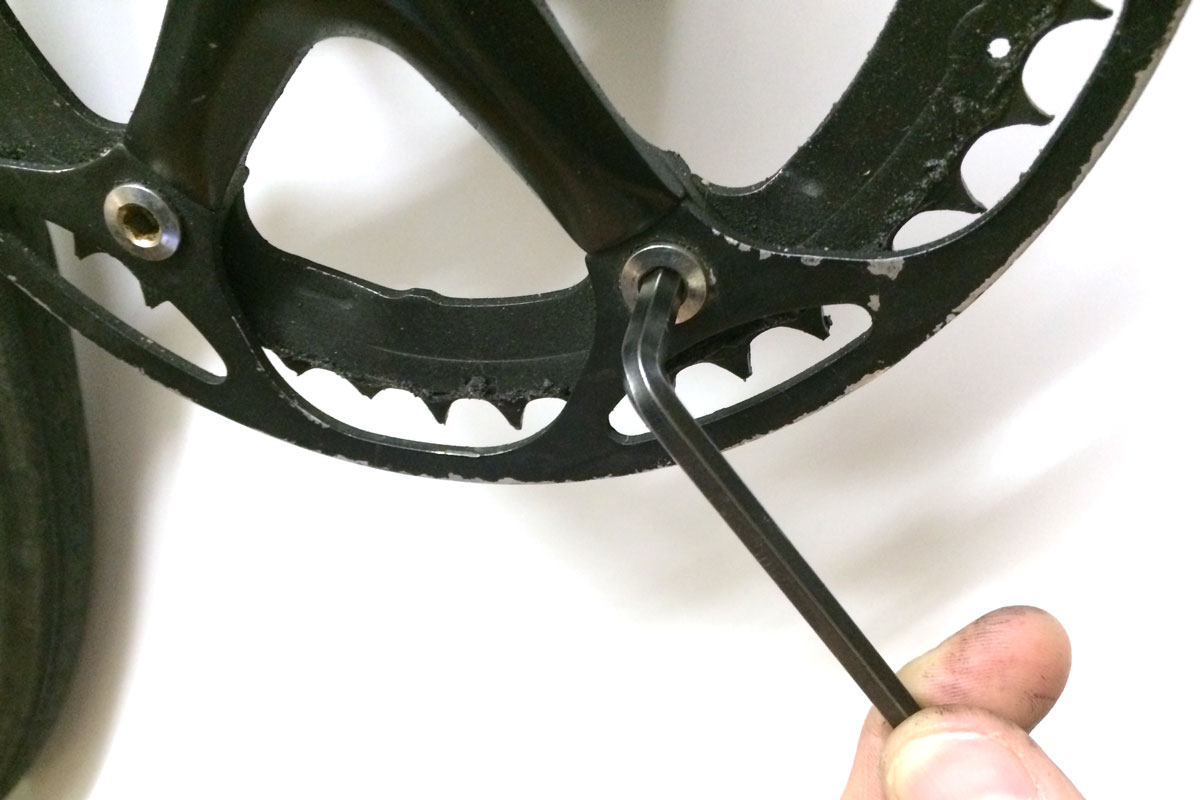
Next, remove the chainring bolts. In this case they hold on a chainring guard as well. They mostly likely require a 4mm allen key, and if your bike has been through a few winters like this one, they’re likely seized and require some extra force.
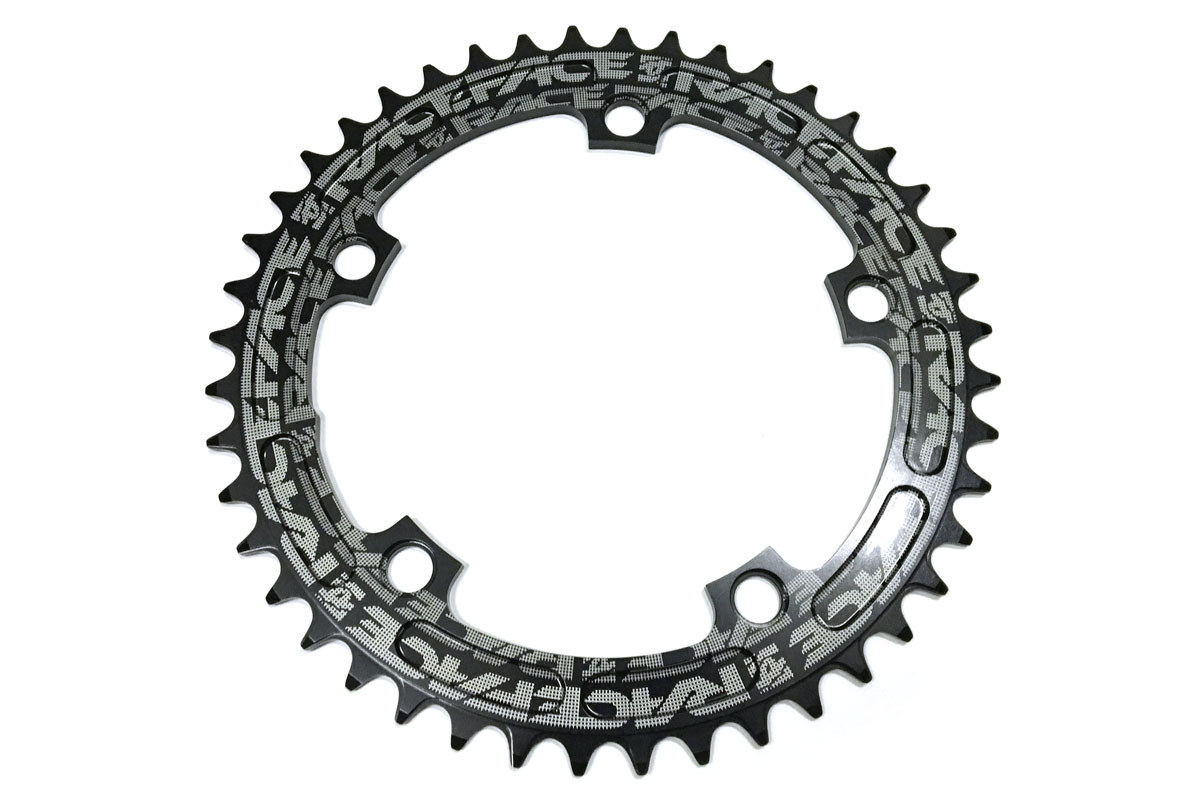
Since I’m running a single speed, I’m going to try out a narrow-wide chainring. This relatively new chainring design alternates narrow and wide teeth to fit perfectly between the narrow and wide links of a chain. The result is a tighter fit between the two, better chain retention, and hopefully a more efficient drive train.
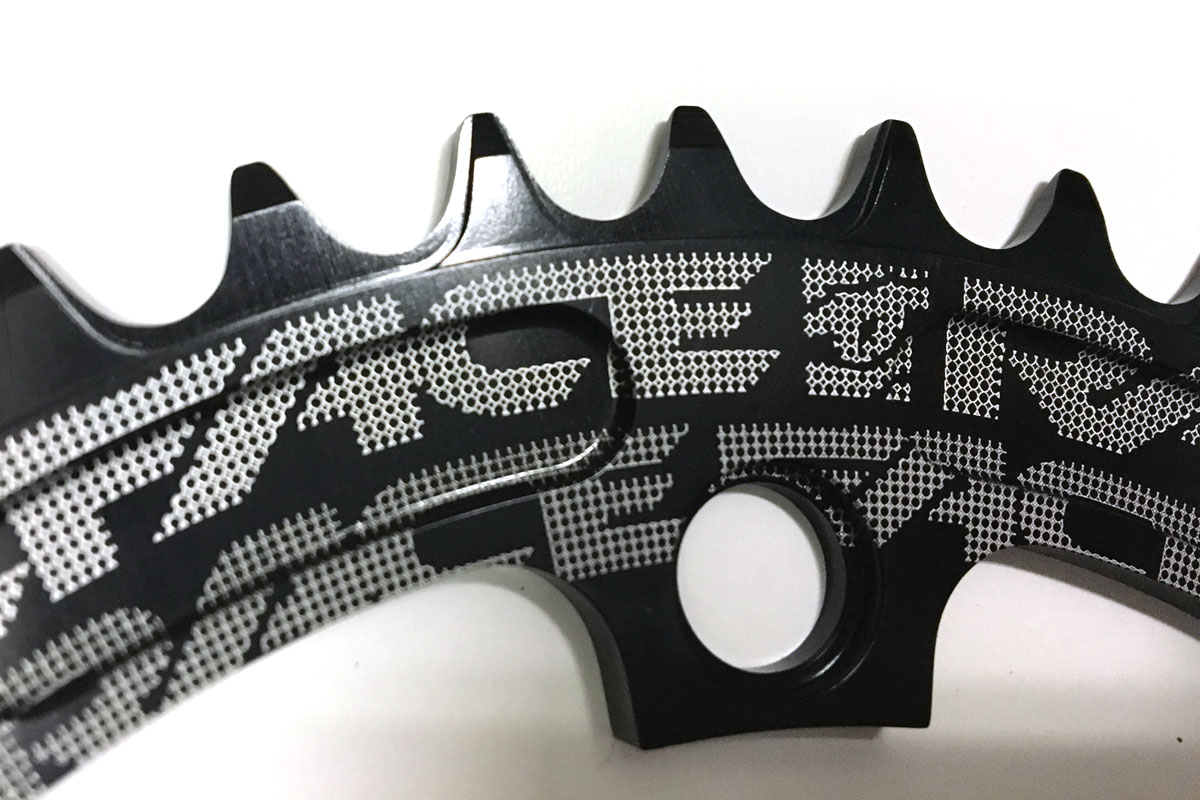
They’re most useful on geared mountain or cyclocross bikes with a single chainring, where there’s a much higher risk of dropping a chain. It should still give my single speed set up a better feel, and heck why not try out some new tech?
Since this ring is a few teeth larger than my previous one, I left the guard off, and as a result I needed shorter chainring bolts. If you’re getting a new ring for an existing crank set, make sure the BCD (bolt circle diameter) and number of bolts matches. There are 4 and 5 bolt rings in different diameters, although only a handful are common.
When installing your new ring, check if the crank or ring manufacturer has a specified torque for the bolts. It may be stamped on the parts. If not, Park Tool recommends 70-95 in-lbs for steel and 44-88 in-lbs for aluminum. A torque wrench is a very handy thing to have in your tool box as it ensures your new parts will stay put and prevents damaging to components from over tightening.

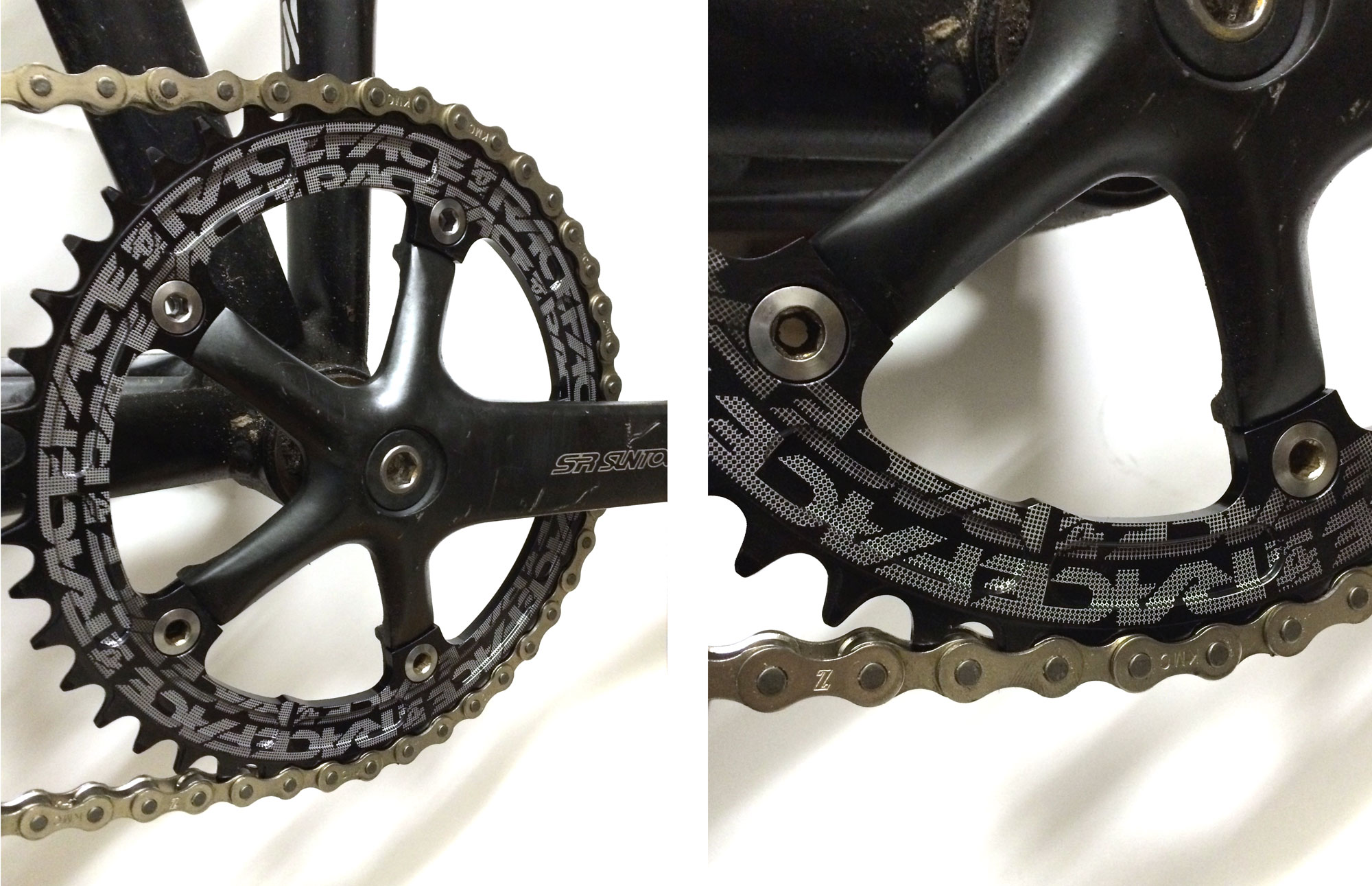

Hi, what size chainring did you use? I’ve a Montague Boston and the chainring needs a refresh…
Also – any specific chain you chose or does any chain do?
Thanks!
Cullen
Hi Cullen. The aftermarket ring put on here was a 44 tooth, which is larger than the stock 42 tooth. The higher gear ratio provides a faster top speed, but is a bit tougher on starts and hills. This is a KMC single speed chain, but any single speed chain will do. Chainrings and chains can be either 3/32″ width, or 1/8″ width. The wider 1/8″ is only used on single speeds. You can really use either as long as the ring and chain match.
Sorry, but what’s the bolt circle diameter I should order?
We’ve have used both 5 and 4 bolt pattern cranks on the Boston in past years. The 5 bolt crank uses a 130mm Bolt Circle Diameter, and the 4 bolt crank uses a 104mm BCD.
Will the Paratrooper Express 20″ frame accommodate a man 6’2″ 200 pounds? Will I be too large for this frame?
Thanks
You should fit quite well on one of our 20″ frames. We usually recommend that size for riders 5′ 11″ – 6′ 4″. The officially listed weight capacity of our bikes is 250 and even that is on the conservative side. Our frames have been tested to handle much more.